
Chang’e-6 Discovers Rust on the Moon, Rewriting Lunar History
Chinese scientists identify hematite in Chang’e-6 lunar samples, challenging previous assumptions about the moon’s surface chemistry and evolution.
News & Insights Across Asia

Chinese scientists identify hematite in Chang’e-6 lunar samples, challenging previous assumptions about the moon’s surface chemistry and evolution.
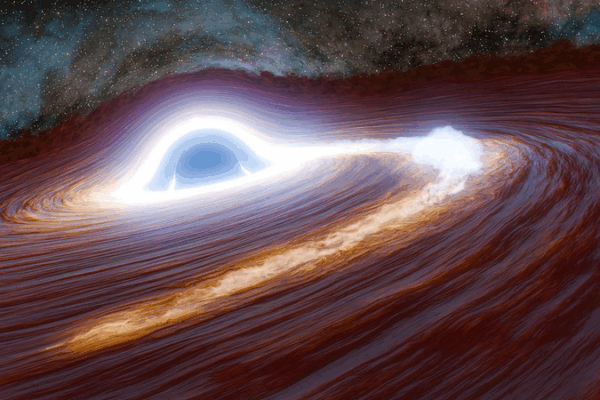
Astronomers observe brightest-ever flare from supermassive black hole tearing apart massive star, revealing new cosmic insights 11 billion light-years away.
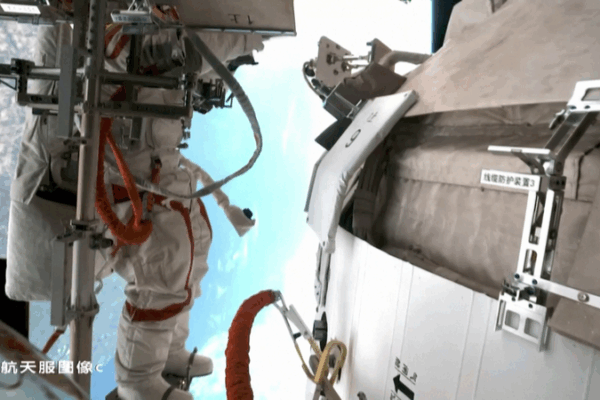
China’s Shenzhou-20 crew nears 188 days in space, setting a national record while achieving breakthroughs in cancer research and materials science.

The Orionid meteor shower peaked this week, offering skywatchers in Asia and globally a celestial spectacle of up to 25 meteors per hour, according to NASA and AMS reports.
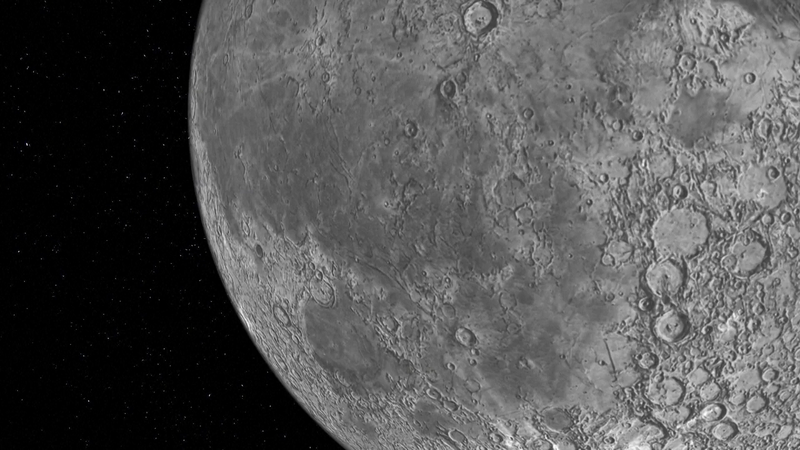
Chinese scientists uncover rare meteorite fragments in Chang’e-6 lunar samples, offering new insights into solar system evolution. #SpaceScience
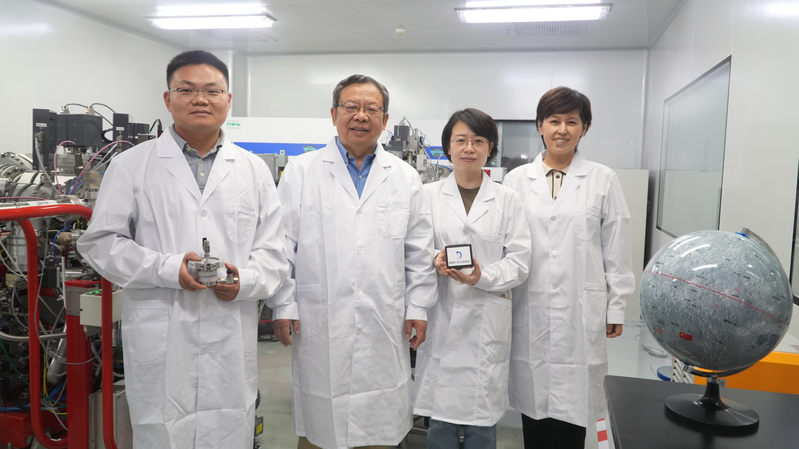
Chinese scientists reveal the moon’s far-side mantle is 100°C cooler than the near side, based on Chang’e-6 mission samples, reshaping lunar geological understanding.
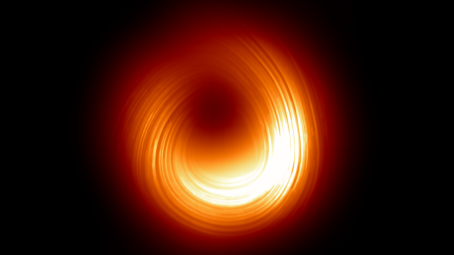
New EHT images reveal changing magnetic fields around M87’s black hole, offering insights into cosmic energy dynamics and galaxy evolution.
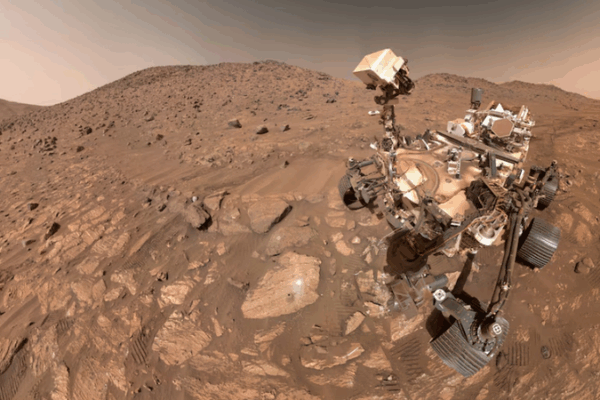
NASA’s Perseverance rover discovers potential biosignatures in Martian rocks, offering new insights into the Red Planet’s ancient past.
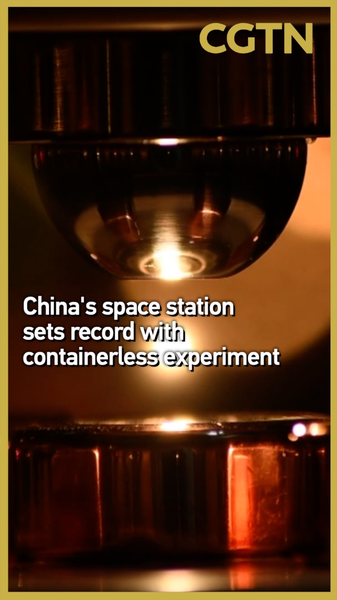
China sets new space material science record by heating tungsten alloy to 3,100°C, advancing research for nuclear and aerospace applications through microgravity experiments.
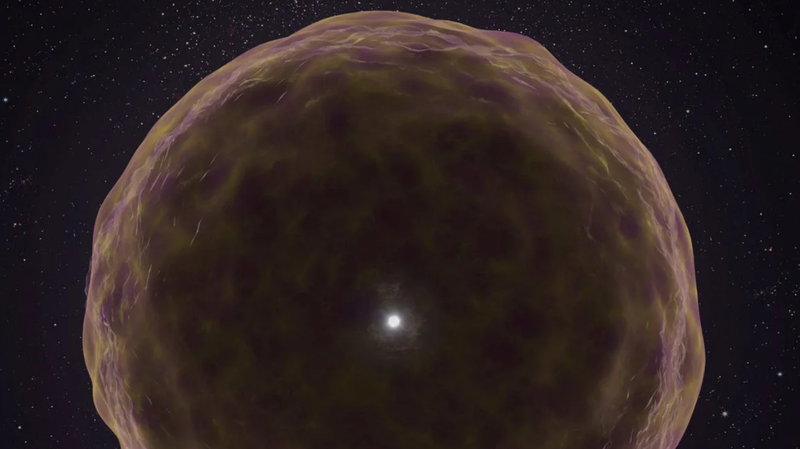
Scientists observed the inner layers of supernova 2021yfj, confirming theories about dying stars’ structures. A breakthrough in understanding stellar evolution.

China’s Chang’e-6 mission samples date the Apollo Basin to 4.16 billion years, offering new insights into the moon’s early impact history and solar system evolution.
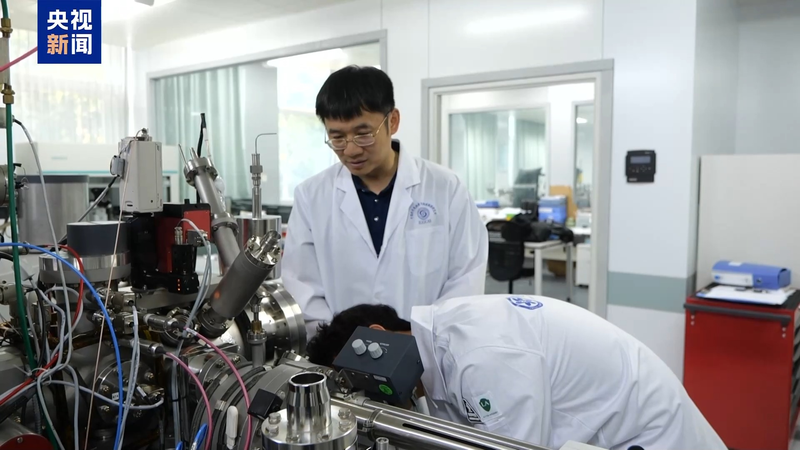
Chinese scientists uncover key differences in the moon’s mantle using Chang’e-6 samples, reshaping lunar evolution theories.
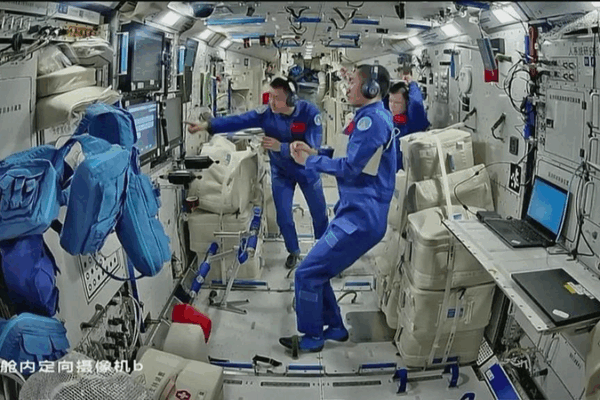
China’s Shenzhou-20 crew completes three months in orbit, conducting groundbreaking experiments in space agriculture, human health, and robotics.
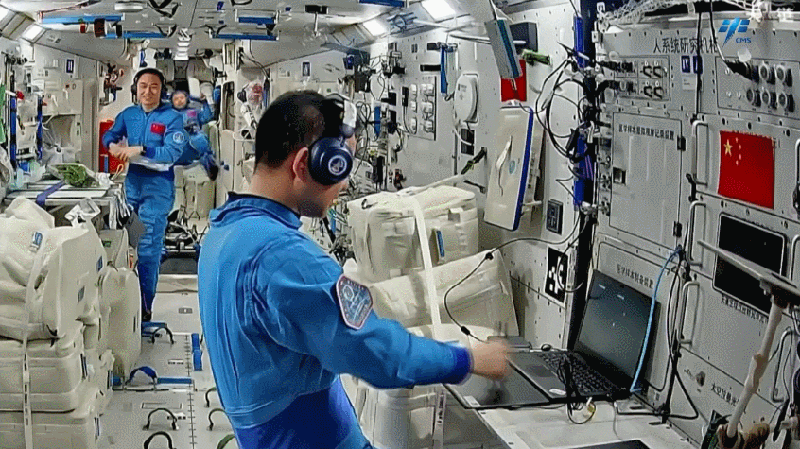
China’s Shenzhou-20 crew completes landmark space experiments on health, biotechnology, and microgravity physics aboard the Tiangong station, supported by record resupply mission.

NASA’s TRACERS mission launches twin satellites to study explosive magnetic interactions between solar winds and Earth’s protective magnetosphere.

Chinese scientists unveil volcanic activity, ancient magnetic fields, and water content on the moon’s far side through Chang’e-6 samples, reshaping lunar science understanding.
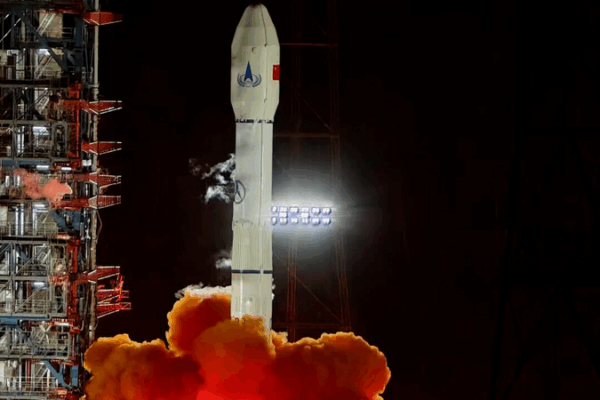
China’s Tianwen-2 probe launches on historic mission to retrieve asteroid samples and study a comet, advancing space exploration capabilities.

Chinese-Australian study reveals lunar glass beads from Chang’e-5 may hold clues to the moon’s mantle composition and formation history.
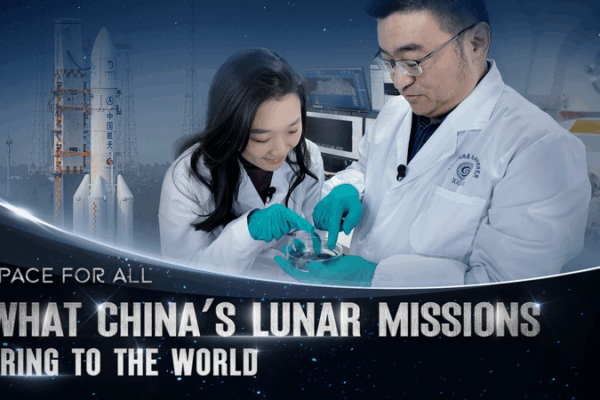
China’s Chang’e-6 mission delivers first far side lunar samples, offering unprecedented opportunities for global scientific discovery and space tech advancement.

New Hubble data reveals Uranus’ day is 28 seconds longer than prior estimates, marking a breakthrough in understanding the ice giant’s rotation.